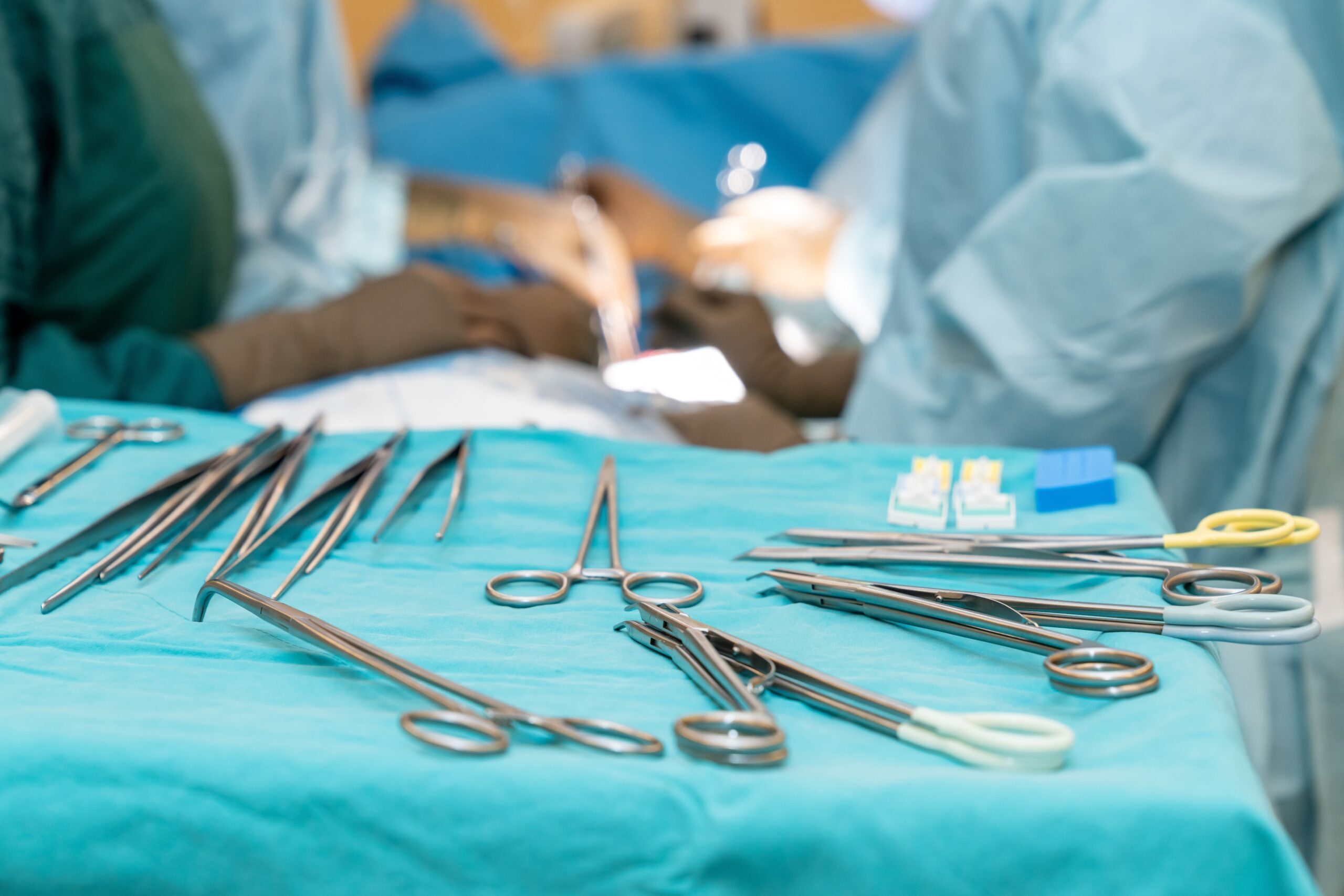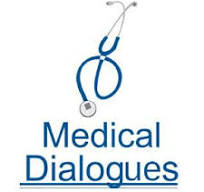Study: Simple hysterectomy survival comparable to more radical procedures in early cervical cancer

Editor's Note Simple hysterectomy provides similar long-term survival outcomes to modified radical or radical hysterectomy for patients with low-risk, early-stage cervical cancer, according to a large cohort study published May 15 in JAMA Network Open. Consistent with prior research, the findings add to the growing body of evidence supporting conservative…
Standards strengthen sterilization, disinfection process chains

Preventing infection from contaminated surgical tools requires attention to every link in a complex chain of processes, from point-of-use pretreatment in the OR to the moment the freshly disinfected or sterilized item arrives at the next patient’s bedside. For those on the front lines, manufacturers’ written instructions for use (IFUs)…
Five strategic paths help GI practice owners navigate rising costs, consolidation

Editor's Note Independent gastroenterology (GI) practices face mounting pressures from inflation, labor shortages, and regulatory burden, but five distinct strategies offer owners a path forward, Gastroenterology & Endoscopy News May 23 reports. As detailed in the article, GI practices—especially smaller ones, which make up the majority of the approximately 2,100…
Study: Robotic-assisted cholecystectomy raises complication risk in acute care despite similar injury rates

Editor's Note Recent research shows robotic-assisted cholecystectomy (RAC) results in similar bile duct injury rates as laparoscopic cholecystectomy (LC), but risks are higher for postoperative complications, longer hospital stays, and more frequent drain use. Published May 21 in JAMA Surgery, the large-scale cohort study analyzed outcomes from over 844,000 acute…
Federal agencies urge organizations to fortify AI data security across system lifecycles

Editor's Note AI systems are only as secure and reliable as the data that powers them. That’s the central message of a guidance sheet jointly issued May 22 by the NSA, CISA, FBI, and cybersecurity agencies from Australia, New Zealand, and the UK. The document outlines best practices for securing…
ASC improves hospital efficiency, maintains outcomes despite higher-acuity joint replacement patients

Editor's Note Opening a hospital-affiliated ambulatory surgery center (ASC) can shift healthier patients out of the hospital without compromising outcomes for those who remain, according to a new study published in the Journal of the AAOS Global Research & Reviews in April 2025. The retrospective analysis from Luminis Health Anne…
Commentary: Overlooking, underfunding perioperative mental health threatens patients
Editor's Note Amid a lack of focus and lack of resources on perioperative mental health, alleviating patient anxiety and preventing poor surgical outcomes requires creative solutions. This is the central argument of a May 12 commentary in The Conversation by Renée El-Gabalawy, a clinical psychologist and associate professor at the…
OpenAI benchmarking tool tests healthcare LLMs

Editor's Note OpenAI has launched an open-source benchmark designed to test the safety and effectiveness of large language models in healthcare, according to a May 13 report in Fierce Healthcare. Called HealthBench, the dataset evaluates AI performance in real-world medical scenarios, moving beyond outdated exam-style questions and incorporating feedback from…
Preadmission clinics drive better surgical outcomes, lower costs, fewer cancellations

Editor's Note Preadmission clinics (PACs) are supporting perioperative care by reducing complications, shortening hospital stays, and improving surgical outcomes—particularly for high-risk patients. As detailed in the April 2025 edition of ASA Monitor from the American Society of Anesthesiologists (ASA), PACs operate as multidisciplinary outpatient hubs where medical optimization, risk assessment,…
Subarachnoid spinal anesthesia offers safe, effective option for high-risk obstetric patients

Editor's Note Segmental spinal anesthesia (SSA) has emerged as a safe and effective anesthetic technique for high-risk obstetric patients, particularly those with underlying cardiovascular disease (CVD). A recent case series published on April 29 by Medical Dialogues highlights the successful use of SSA in five parturients undergoing cesarean sections, emphasizing…

 Free Daily News
Free Daily News